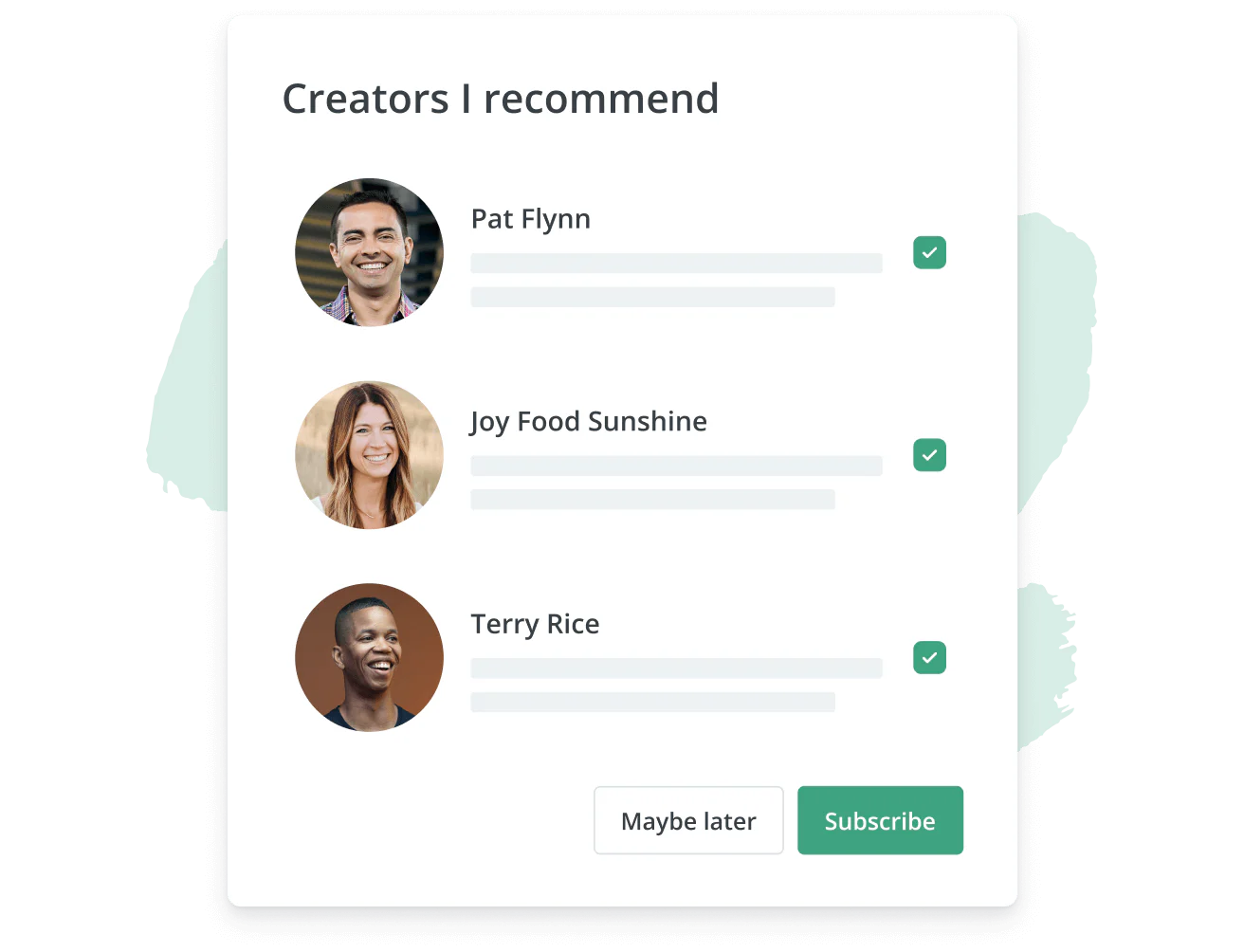Terry Rice’s Kit Playbook: How this creator uses Kit to run his 6-figure consulting business without being salesy
Updated: September 10, 2024
11 min read

Start simplifying and growing your creator business like Terry
Try Kit for the next 14 days and see how it can grow your list and revenue on autopilot.
Start your free trial
Isa Adney
Isa the Senior Writer at Kit and an award-winning writer, author, and producer who has profiled incredible creators and artists including Oscar, Grammy, Emmy, and Tony winners. When she’s not writing she’s probably walking her dog Stanley, working on her next book, or listening to the Hamilton soundtrack for the 300th time. (Read more by Isa)


